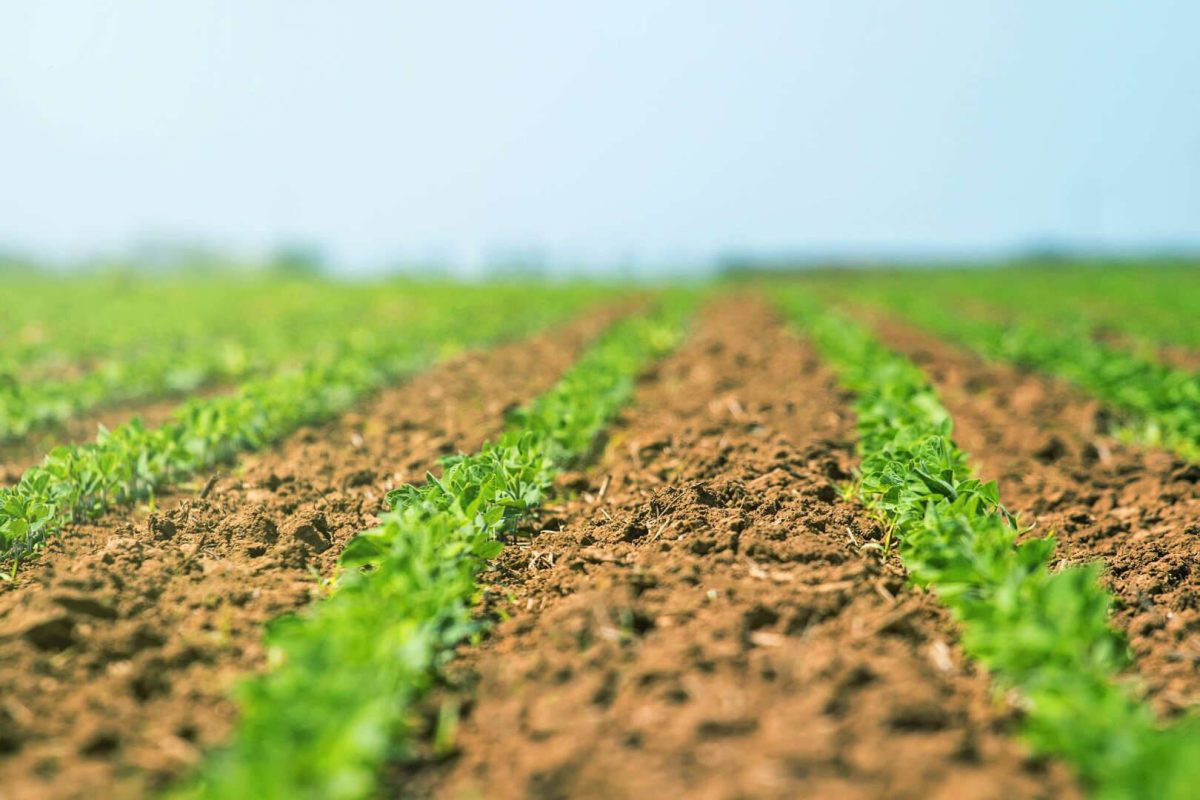Creating Fall Food Plots with Minimal Equipment

Creating Fall Food Plots with Minimal Equipment: Whitetails 365
As we enter the heart of summer, it’s time to start thinking about preparing fall food plots. Establishing a thriving food plot can be a game-changer for attracting and sustaining deer on your property, especially as hunting season approaches. However, the thought of heavy equipment like tillers, discs, and plows can be daunting and expensive for many hunters. The good news is that creating a successful food plot doesn’t have to require a lot of equipment. With a few basic tools and some strategic planning, you can create an effective food plot that will draw in big bucks.
What’s the Point of this Article
In this article, we’ll explore a step-by-step approach to developing a fall food plot using minimal equipment. I’ve done several “poor man’s food plots” for different reasons including lack of available equipment, lack of time, and of course, because I didn’t want to invest into an expensive food plot. Starting in July, you have the perfect window to begin preparing your plot so that it reaches its full potential by the time hunting season rolls around. By following these simple methods: clearing the land, mowing, spraying, and broadcasting seed. You can transform an ordinary patch of land into a deer magnet.
You can start with what you have access to for tools, but the following tools sure do make it helpful: a rake, tiller, sprayer, hand-held seeder, and a chainsaw. These can vary quite a bit by what you have access to, and what will work on the selected site. If you have access to a tractor, disc, cultivator, or 3-point tiller, feel free to use that. If you have access to a small garden tiller, that can for sure work too. You just might have to put in a little more labor initially to make it happen. The bottom line is that food plots are not just for the rich hunters, they’re for everyone that has land or permission to create one.
Site Selection
First, we will discuss the importance of site selection and preparation. Choosing the right location with adequate sunlight and soil quality is crucial for the success of your food plot. Once you’ve identified the perfect spot, you will begin the process of clearing existing vegetation using nothing more than a lawnmower or brush cutter. You want a suitable location with adequate sunlight and soil quality. If the area is overgrown, use a chainsaw to open the canopy and allow sunlight to reach the ground. Hinge cutting trees along the edge can also provide cover for deer while helping get sun light for your plot.
Once the site is cleared, a chemical burndown can be highly effective. Applying a broad-spectrum herbicide like glyphosate (Roundup) will kill off existing vegetation. Depending on how much vegetation, you can wait a couple of weeks after the initial application to ensure all plant life is thoroughly dead before proceeding to the next step. Roundup is a contact herbicide, so you can turn around a plant into a sprayed field if you are pressed for time, there is not a wait period required to plant. You can use a hand sprayer, ATV sprayer, tractor with sprayer, or a backpack sprayer to do this.
Soil Tilling
After the chemical burndown, I prefer to till the soil. I know guys that have done the “throw-and-grow” technique, and sometimes that works. However, I found you are limited by moisture and the success rates I’ve seen tend to be low with the “throw-and-grow” method. For this reason, I like to get a decent soil-to-seed contact. Renting a garden tiller can be an economical solution, especially if you don’t own one. For smaller plots, a Stihl Yard Boss with a tiller attachment works well. This versatile tool can also switch to a broom attachment for clearing debris. Tilling the soil helps create a suitable seedbed for planting.
Seeding
Finally, we’ll cover the seeding process, highlighting techniques for broadcasting seeds and ensuring they have the best chance to germinate and grow. With the soil prepared, you’re ready to plant. Using a hand-held seed spreader ensures even distribution of seeds across the plot. For fall food plots, we will probably be planting some brassicas like purple top turnips or daikon radishes. The radishes will be attractive in the early fall and then after the first hard frost, the deer shift to the turnips. However, if you want to diversify your food plot or do something different, adding clover, and cereal grains are popular choices.
When broadcasting the seeds, it’s crucial to ensure they’re not buried too deep. Brassicas, for example, should only be lightly raked into the soil to ensure proper germination. To improve seed-to-soil contact, drag the plot with a harrow or a makeshift drag, such as a piece of chain-link fence weighted down with logs. This step helps to cover the seeds with a thin layer of soil, which will help keep moisture close to the seed and provide a little bit of protection to the seed.
Building a food plot with minimal equipment requires some effort but can be a rewarding and cost-effective way to attract deer to your property. By carefully selecting your site, preparing the soil, and using the right tools and techniques, you can create a productive food plot without a significant financial investment.
Whether you’re dealing with limited resources or simply enjoy the challenge of a DIY approach, these strategies can help you establish a successful food plot that will benefit your hunting efforts throughout the season
by Aaron McKinney
July 2024
Here is Last months issue of Whitetails 365
along with that here is next months issue of whitetails 365
Looking for our digital version of this month’s issue?
or looking for more of our Cattle/Dairy side?


